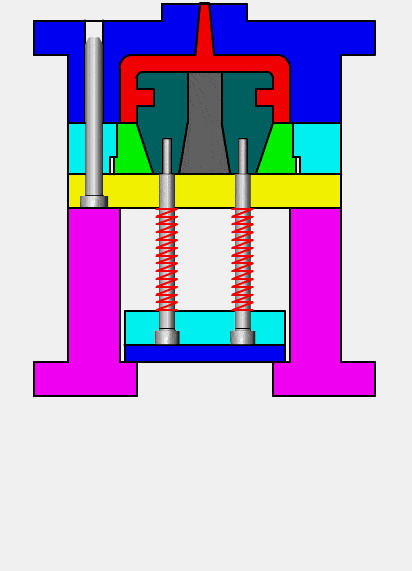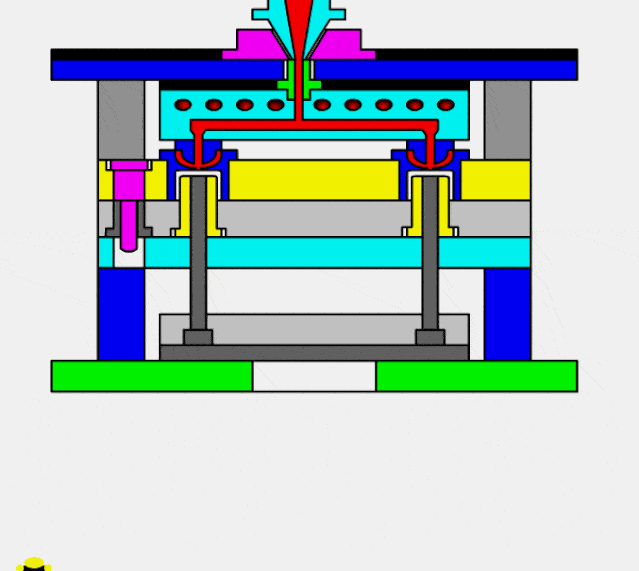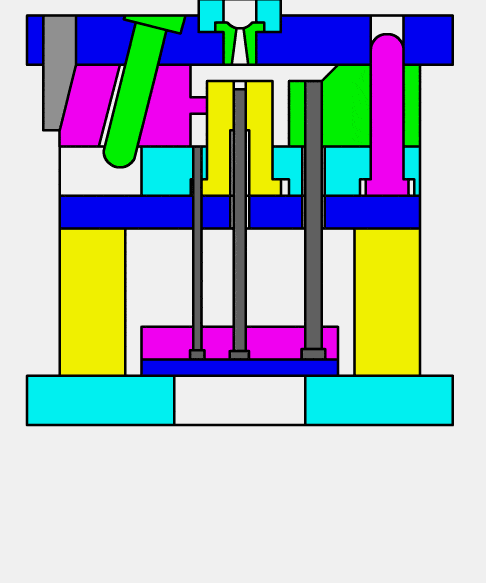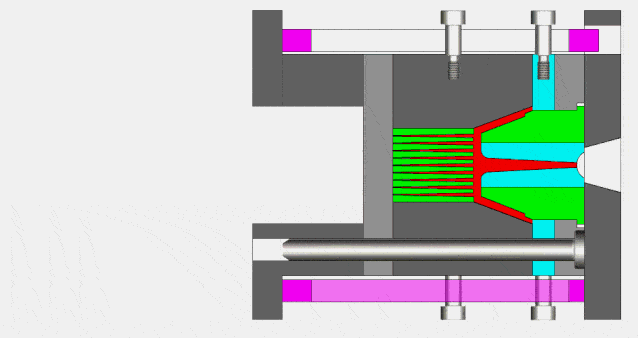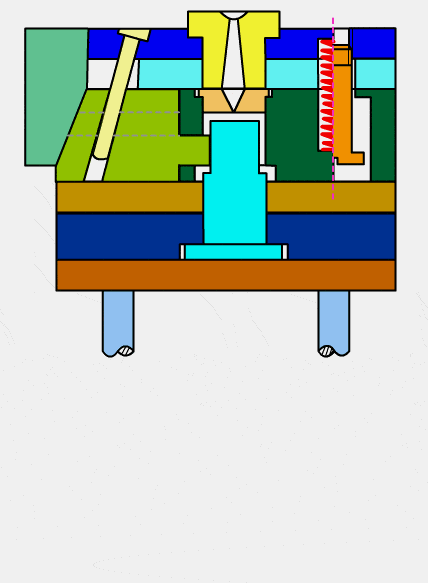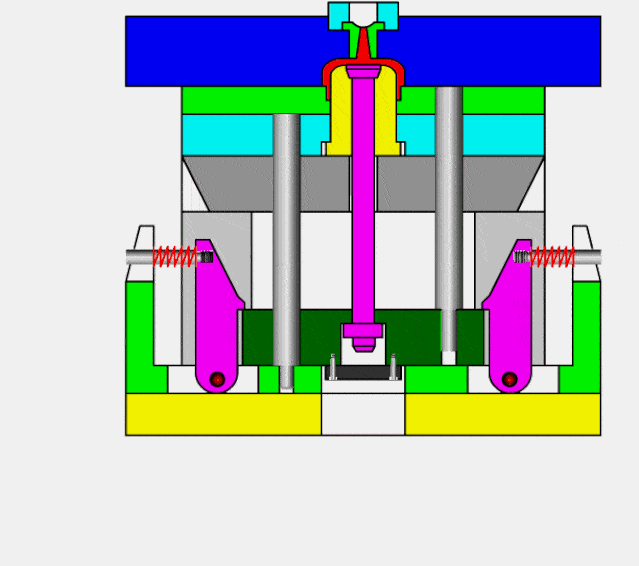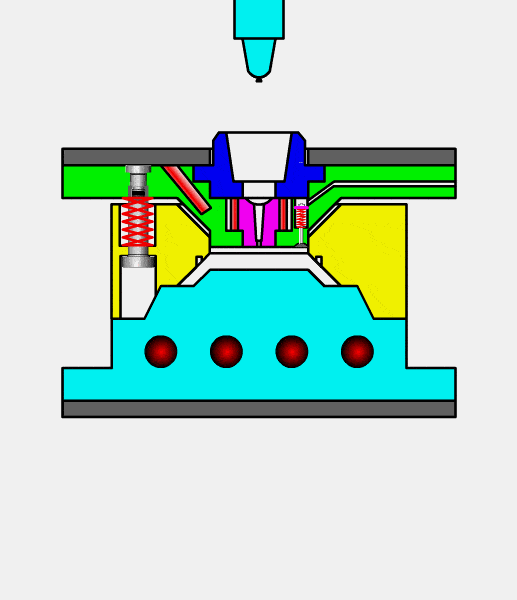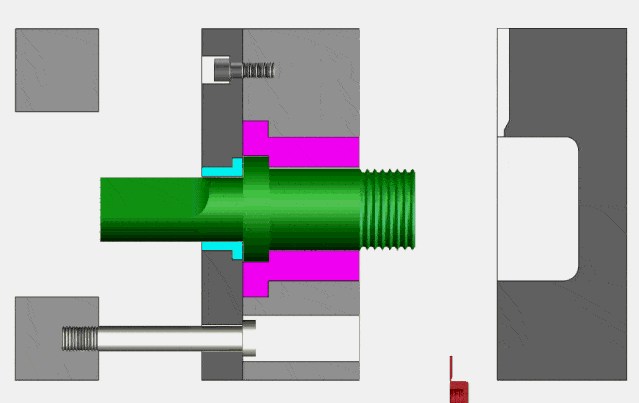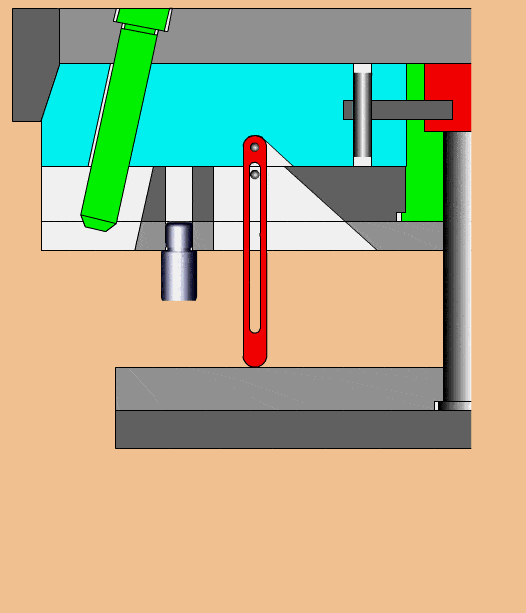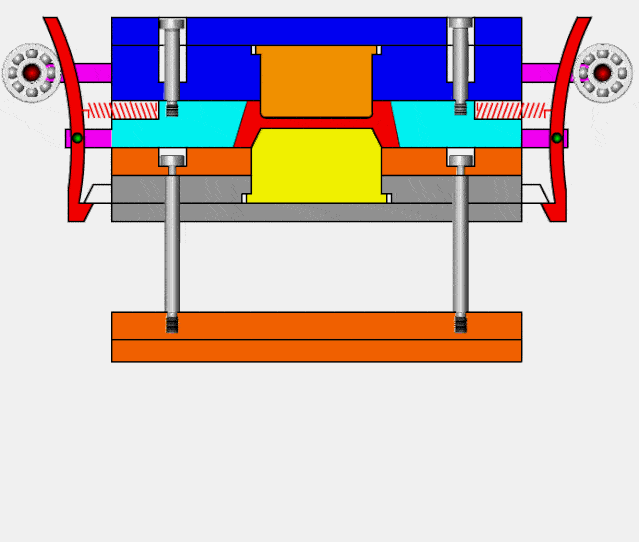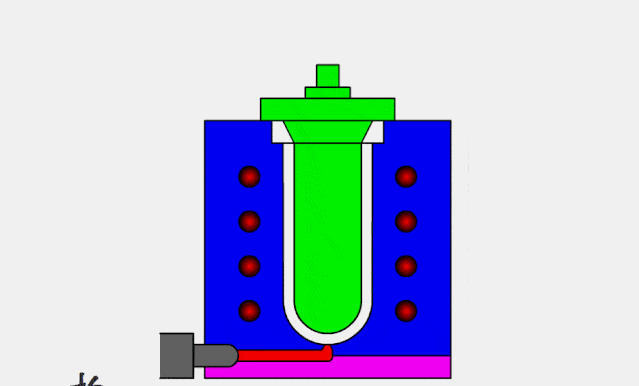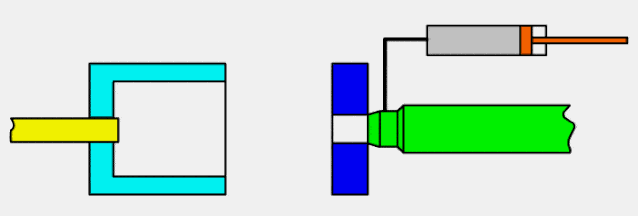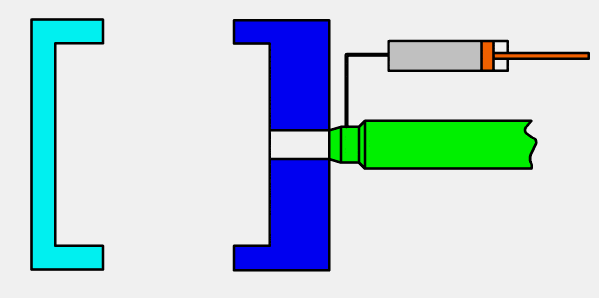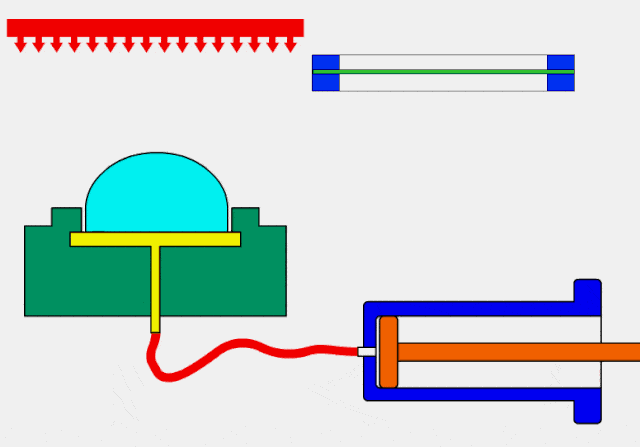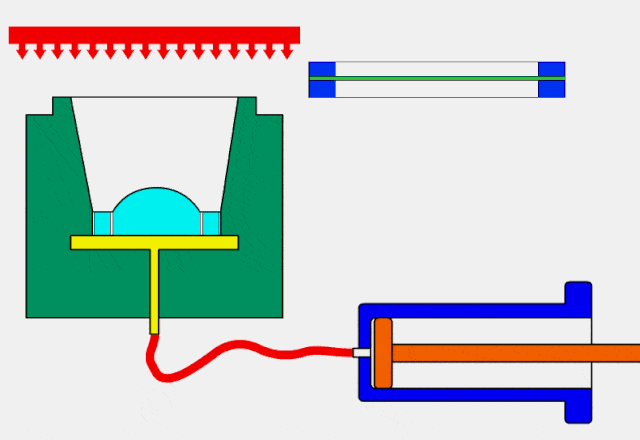Tooling involves the hunt and acquisition of different components and machinery required to produce something. It covers a lot of categories, the most common of which are jigs, fixtures, gauges, dies, molds, cutting patterns, and equipment.
The process of tooling is more than just choosing based on what’s readily available, or what others are using.
Remember that the outcome of the tooling process directly affects the quality of the end product, as well as the costs that go with the entire process. Because of this, extreme care is required if you are put in charge of the process.
Today we will share some GIFs to explain its working principle and inner structures. Hope this post can help you design the tools better.
Injection Mold
Single parting surface
With movable insert
Lateral Parting
Hot runner
Lateral Parting – Interference
Shear cut-off gate
Single push plate with secondary ejection structure – spring type
Single push plate with secondary push structure – swing block & pull plate type
Single push plate with secondary push structure – oblique column & slider type
Single push plate with second launch structure – swing rod type
Injection mold with fixed mold and ejection structure
Spring screw-type & fixed distance parting tensioning structure
Swing hook type secondary pushing structure
Warm runner thermosetting – main runner bushing
Warm runner thermosetting – extended nozzle
Thermosetting plastic injection molding
Forced demolding of silicone rubber thread core
Automatic thread unloading injection mold
Linkage-first reset structure
Sequential demoulding structure – pull hook & roller type
Sequential demolding structure – spring type
Sequential demolding structure – pull hook & press plate type
Triangular slider with two-stage launch structure
Extrusion molding
Blow molding
Blow molding
Injection and blow molding
Gas-assisted molding
Secondary cavity molding method
Core forming
Standard gas molding method
Melt reflow molding method
Vacuum forming
Male mold
Female mold


